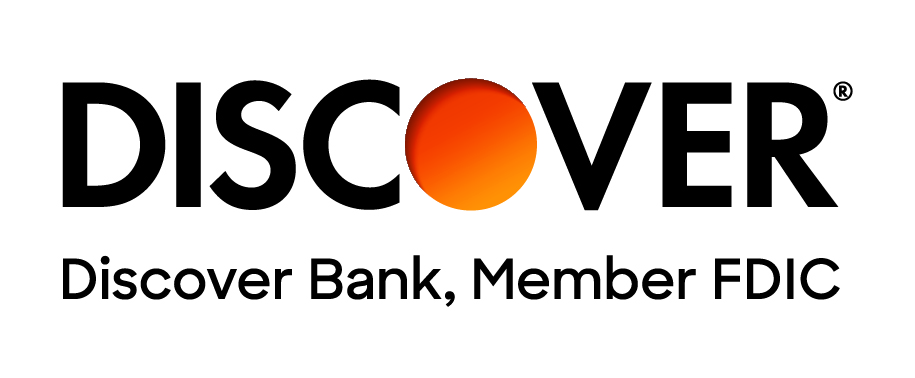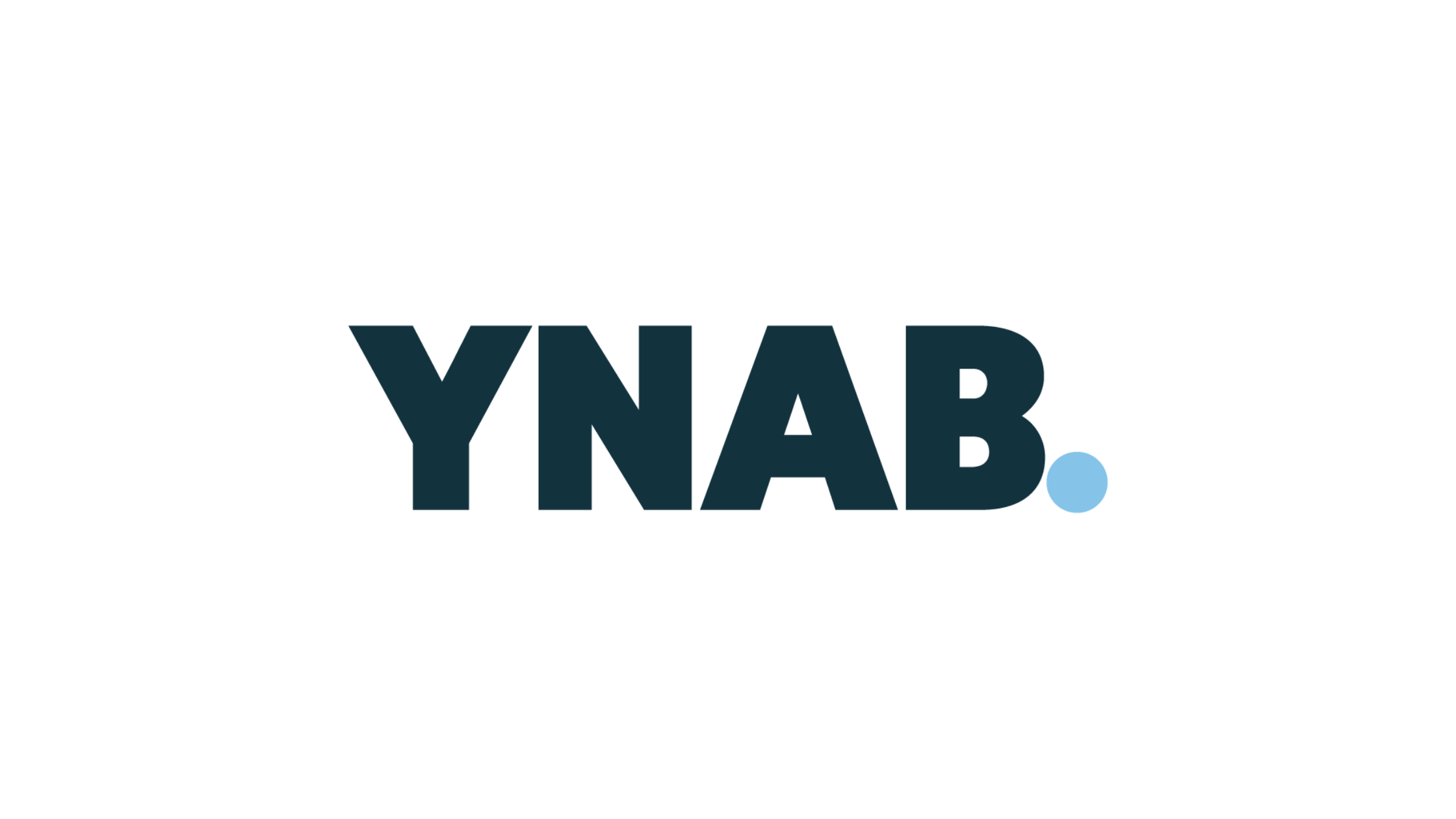Paying for college can be expensive, especially with rising costs for tuition, books, and housing. Many students face the challenge of figuring out how to cover these expenses without taking on too much debt. That’s why it’s so important to start learning about financial aid early. By understanding your options like scholarships, grants, work-study programs, and loans, you give yourself the best chance to make college affordable and stress-free. Planning ahead helps you avoid surprises and take advantage of all the resources available to help fund your education.
Financial Aid Basics
Financial aid can be simpler than it seems once you know the basics. Financial aid is money that helps pay for your college education. It can come from the federal government, your state, colleges, or private organizations.
What Is Financial Aid
Financial aid is designed to make college more affordable. It helps cover costs like tuition, fees, books, and even living expenses. This support can come in a few different types, each with its own benefits and rules.
Types of Financial Aid
Grants are essentially free money. They don’t have to be repaid, which makes them one of the best types of financial aid. They’re often based on financial need, like the Federal Pell Grant.
Scholarships are also free money, but these are usually awarded based on merit. This could mean excelling in academics, sports, or even extracurricular activities. There are thousands of scholarships out there, so it’s worth your time to apply.
Work-study offers you part-time jobs on or near campus, allowing you to earn money while you study. These jobs are flexible, specifically designed for students, and can help reduce the need for loans.
Loans are borrowed money that you’ll need to pay back, with interest. While they can be helpful for covering costs, it’s important to borrow only what you really need so you’re not overwhelmed with debt later. Federal student loans often have lower interest rates and better repayment options compared to private loans.
Who Qualifies for Financial Aid
Financial aid isn’t one-size-fits-all—eligibility depends on several factors.
Grants and Work-Study Programs are primarily based on financial need. This means if your family’s income is lower, you’re more likely to qualify.
Scholarships can be based on a mix of things, like grades, talents, or financial need. Some are specifically for students in certain fields, with specific skills, or from particular backgrounds.
Loans are available to most students, as long as you meet basic federal requirements like being enrolled at least half-time in a college program. Student loans can be both need-based and non-need based. Federal student loans are easier to qualify for when compared to private student loans.
Applying for FAFSA® (Free Application for Federal Student Aid)
When getting ready to apply for the FAFSA start with a clear plan. FAFSA is important to getting grants, scholarships, work-study opportunities, and loans to help pay for college. Here’s how you can tackle it step-by-step and make sure you don’t miss anything important:
Step-by-Step Guide to Completing the FAFSA:
- Gather Your Documents – Before starting, collect necessary documents like your FSA ID, financial records. Having these ready speeds things up.
- Create an FSA ID – Go to StudentAid.gov and create an FSA ID (Federal Student Aid ID). Both you and a parent, or your FAFSA Contributor(s) will need one for completing their sections and signing the FAFSA electronically.
- Log On and Start the Application – Visit the official FAFSA website (fafsa.gov) to begin your application. The form for 2025-2026 opened a bit late in December 2024.
- Provide Your Personal Information – Enter your student demographic information as requested. Double-check for typos.
- List Schools You Want to Attend – Select up to 20 colleges or universities at a time. These schools will receive your FAFSA info. Apply to more than 20 schools? You can update the list. Wait a few weeks after you submit and confirm that some or all your schools received your FAFSA information.
- Report Financial Information - The FAFSA now requires you to give consent to have you Federal Tax Information (FTI) tax information directly from the IRS. If you, or any of your FAFSA Contributors do not give consent, you will not be eligible for federal student aid. While most students will have their information imported, you may still be required to provide your income information manually.
- Sign and Submit – Once you’re logged in using your FSA ID, you will be given the option to sign your completed section of the student’s FAFSA. The student can check the status of the FAFSA application, and if any signatures are still need from them, or their FAFSA Contributor.
Tips for Filling Out the Form Accurately and Efficiently:
- Start Early – The earlier you apply, the more chances you have at receiving aid, as some funds are first come, first served.
- Use the Help Tool – FAFSA includes a lot of built-in resources to explain questions if you’re stuck. Take advantage of them.
- Save as You Go – Don’t lose progress. Save your application frequently in case you need to finish it later.
Deadlines to Watch:
- Federal FAFSA Deadline – The FAFSA opened December 2024 for the 2025-2026 academic year. You must submit your 2025-2026 FAFSA by June 30, 2026, to qualify for federal aid for that academic year.
- State Deadlines – State deadlines can vary. Check your specific state’s requirements with your financial aid office.
- College-Specific Deadlines – Some colleges have their own FAFSA deadlines, often earlier than the federal cutoff. Double-check with each school you’re applying to.
Also check to see if your school requires other financial aid applications for non-federal aid opportunities.
Common Mistakes to Avoid:
- Misreporting Income & Assets– Carefully input all financial information to reflect your family’s actual income and assets. Errors here can delay your application or affect your aid. You may not be able to see any imported information from the IRS. If you know you had a change in your financial situation, make sure to set up some time with the financial aid office.
- Forgetting Signatures – Without both you and your FAFSA Contributor(s) , your FAFSA won’t be processed.
- Missing Deadlines – Double-check all federal, state, and college-specific deadlines to avoid losing aid opportunities.
Exploring Scholarships, Grants & Work-Study Programs
Exploring scholarships, grants, and work-study programs is a great strategy to reduce college costs. Start by looking for scholarships and grants at the local, national, and school-specific levels. Use online search engines, talk to your school counselor, and reach out to community organizations to uncover opportunities. Even do a quick online search of your college name and scholarships, for example, NYU Scholarships, and see if any resources pop up.
When applying, focus on crafting a standout scholarship essay that shares your personal story in a way that is both honest and compelling—make sure to connect it to the values of the scholarship provider. Be cautious of scholarship scams; avoid programs that charge application fees or guarantee you’ll win.
Consider participating in a work-study program. Work-study allows you to earn money for school expenses through flexible, part-time jobs, which often provide opportunities to build valuable skills and expand your network. Pairing these options can help you manage costs while setting yourself up for future success.
Minimizing Student Debt
To keep your student debt as low as possible, start by borrowing only what you truly need. Calculate this by taking your total expected college costs—like tuition, housing, books, and meals and subtracting any scholarships, grants, or work-study earnings you’re receiving. When it comes to loans, be sure to compare your options carefully.
Federal loans often have more flexible repayment plans. If you need additional funds, shop around for private loans, comparing things like interest rates, fees, and repayment terms. Finally, stick to a college budget. Create a plan for your monthly expenses that includes essentials and limits unnecessary spending. A clear budget can help you avoid borrowing more than you can comfortably repay later.
Action Plan for High School Seniors
Creating a solid action plan for financial aid can make your path to college smoother and less stressful. Start by making a timeline. Include important steps like completing the FAFSA® (Free Application for Federal Student Aid), researching and applying for scholarships, and keeping track of deadlines for grants and loan applications. Break everything into smaller tasks so it feels manageable, and nothing gets overlooked.
Staying organized is key. Use a planner, calendar, or apps to track deadlines and progress. Being proactive also helps, don’t wait until the last minute to apply for aid or reach out with questions. The sooner you take action, the better your chances of securing the financial support you need for college.








